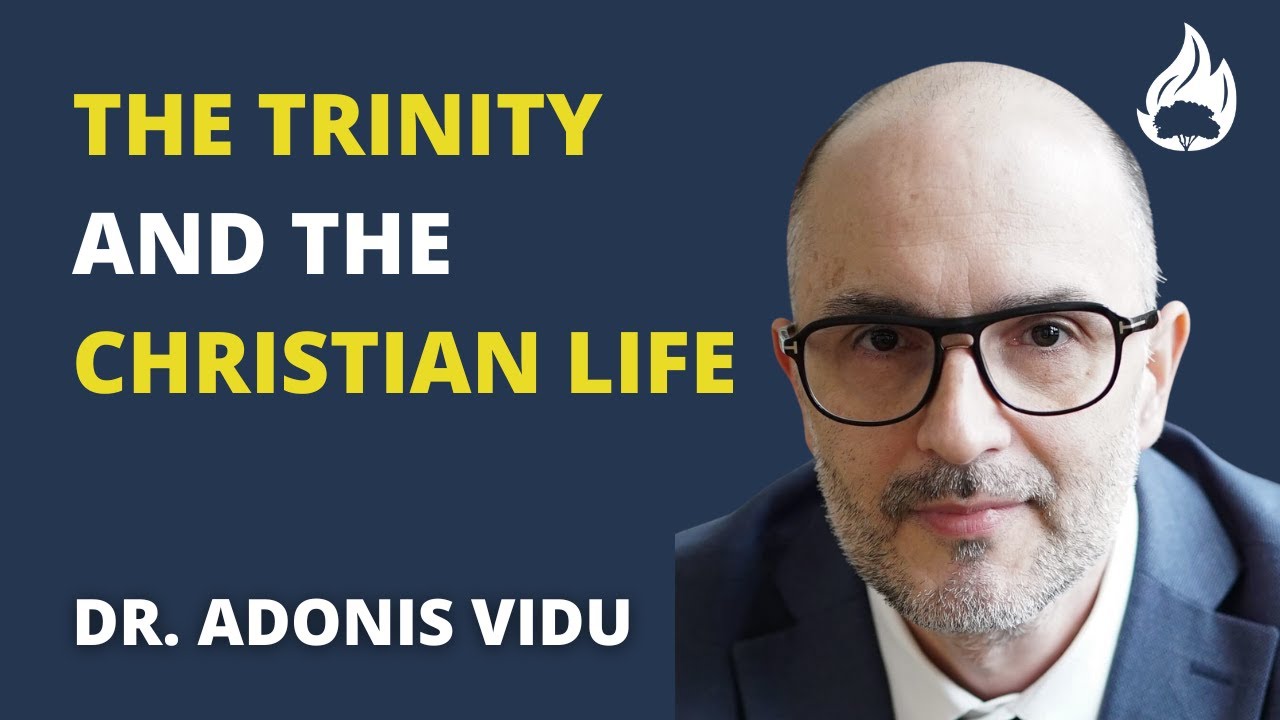Hi @alison,
Great question. This one is a puzzle for me too!
In Philosophical Foundations for a Christian Worldview, Craig and Moreland provide the Cerberus analogy for the Trinity (p 593). There may be a connection between their work and Copan’s. Craig and Moreland argue that their view is not incompatible with the Scriptures, but they acknowledge that many post-Nicene creeds, including the Athanasian Creed, reject their view.
One counter-argument that’s been raised is the example of conjoined offspring. Though they share a body, they are two separate people. Likewise, if we identify each person of the Trinity as a separate center of consciousness, the question arises if we have moved towards polytheism.
One issue at the heart of the debate is whether or not we affirm the doctrine of divine simplicity. I tried to explore what it means to worship a Trinitarian God in this interview with a Trinitarian theologian:
My point is that the metaphors we use are ways of illustrating our theological commitments. So it’s very important that we first get clarity on what we mean, theologically, by important ideas like “Trinity” before we set out to explain those ideas in metaphorical language.
Ok, back to your question! If you affirm the doctrine of divine simplicity, can we use any metaphors?
In his book The Same God Who Works All Things, Dr. Adonis Vidu writes:
The knowledge of the persons does not follow the route of conceptual mastery but of experiential transformation. We know the Son insofar as we find ourselves to be imprinted with revelation through Christ. We experience the Spirit insofar as we find ourselves to receive a love that surpasses all understanding. Like the wine taster, who can only detect certain fragrances simultaneously with other notes, and only by having his taste buds “impressed,” we can only experience the distinct persons together , as we come under their “impress” in knowledge and love (pp. 352-353).
He also writes:
… The experience is not a mere epistemic experience, where we objectify the person. Rather it is a self-involving experience, where the person gives himself to me precisely through my operations. It is, as we have seen, more of a tasting than a seeing. It is more like recognizing a certain note in the unitary taste of a glass of wine. It is experiential and not discursive knowledge. To experience the Son in his personal property, then, is to know God; to experience the Holy Spirit in his personal property is to love God (362).
I understand Adonis to be saying that the Trinity is a conceptual challenge beyond our capacity to understand. However, at the level of experience, we recognize that we worship and know one God in three Persons.
